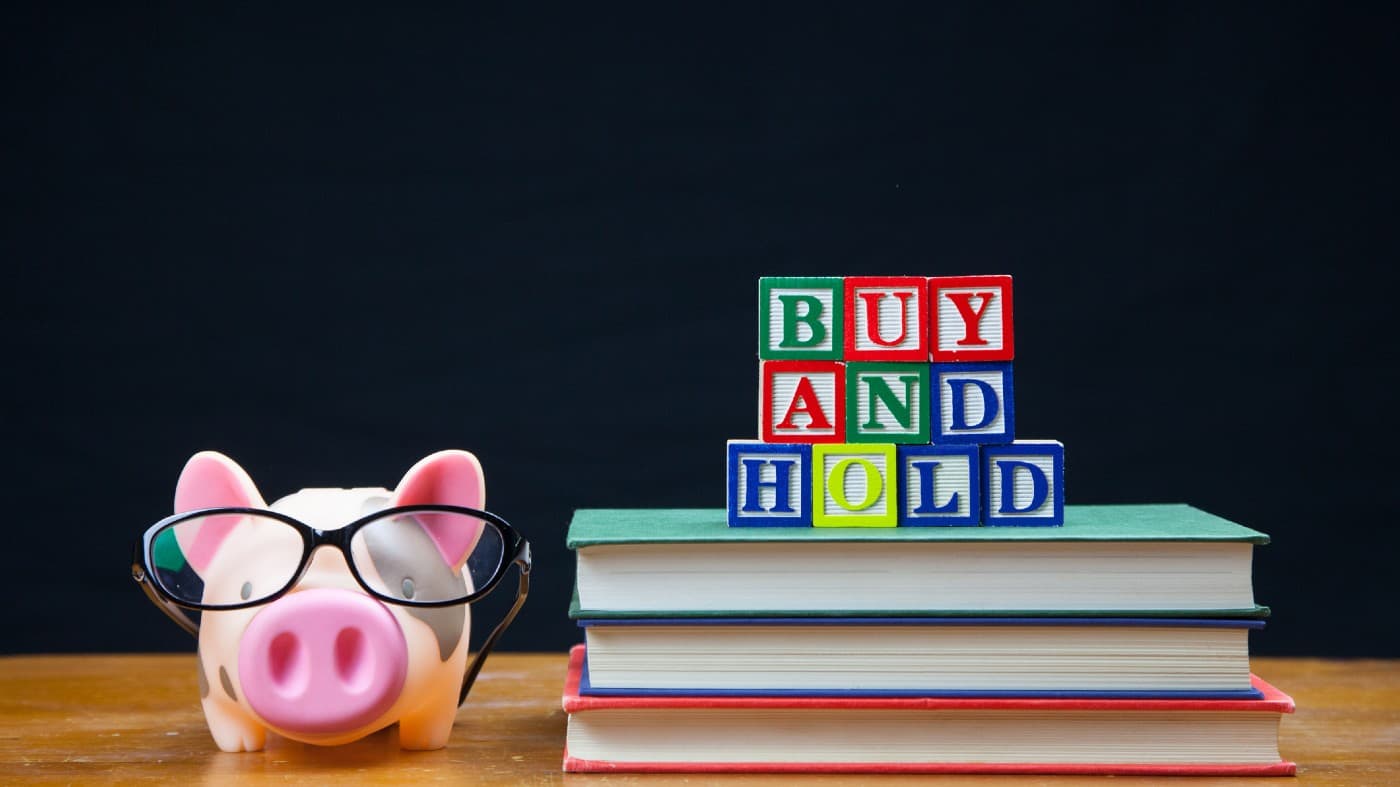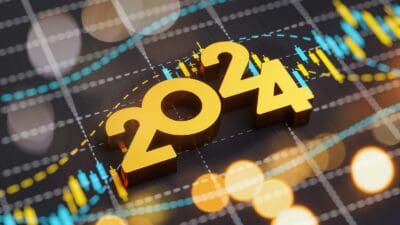While there are many different ways to earn passive income, one of the most popular ways is by investing in shares. Shares in reliable companies can provide returns in the form of both price appreciation and dividend payments.
Benefiting from dividends
Dividend-paying shares are those in companies that pay their investors a small percentage of their profits each year. Unfortunately, dividend yields are usually quite small – typically between 2 to 8%. Consequently, earning a meaningful passive income from dividend shares requires quite a large investment.
Those who haven’t won the lottery or received a healthy inheritance will need to save up. Luckily, the magic of compound returns helps to make this easier. A large investment can be built up over time with small monthly contributions.
Crunching the numbers
Dividend yields fluctuate regularly and differ from company to company, so it’s difficult to say exactly how many FTSE 100 shares I’d need for £1,000 of passive income a month. However, I can use historical data to estimate how many dividend-paying shares on average could achieve that amount.
Let’s consider a few stocks as an example.
The telecoms giant
Vodafone Group (LSE:VOD) pays an exceptionally high dividend yield of 11.5%. This is almost double the average FTSE 100 dividend yield of around 6%. At first glance, I might consider this a good addition to a dividend-paying portfolio.
But a high dividend yield alone is no guarantee of returns.
Companies can choose not to pay their annual dividends at any time. If annual earnings are lower than expected, a company is likely to withhold a dividend for that year.
In the case of Vodafone, earnings are expected to decline by an average of 51% over the next three years. I believe this could reduce the chances of dividends being paid.
The biotech innovator
AstraZeneca (LSE:AZN), by comparison, has a much smaller dividend yield of 2.2%. However, the company has an excellent track record of paying dividends. Its next dividend of 156p per share is due in about a month.
AstraZeneca is also estimated to be trading below fair value, by around 32%. But unlike Vodafone, earnings are forecast to grow by 16% per year going forward.
Checking forecasts from analysts, it looks like the majority agree that the share price will increase by an average of 26% in the next 12 months.
I think this makes AstraZeneca a more reliable addition to my portfolio of dividend-paying shares.
So how many do I need?
With an average yield of 6%, I would need about £195,600 worth of shares to earn £1,000 a month. Since I don’t have that much, I’d need to save up this amount over some time.
- Let’s say I begin by buying 10,000 shares in various companies at an average price of £10 each.
- I then commit to buy a further £350 worth of shares each month.
- I would estimate I can achieve a 5% annual return (a fairly conservative average for the FTSE 100).
By adopting a dividend reinvestment plan (DRIP) to compound my gains and estimating a 1% annual dividend increase, I could reach my goal in just over 23 years.
At that point, I would have bought approximately 19,660 shares at an average price of £10.








